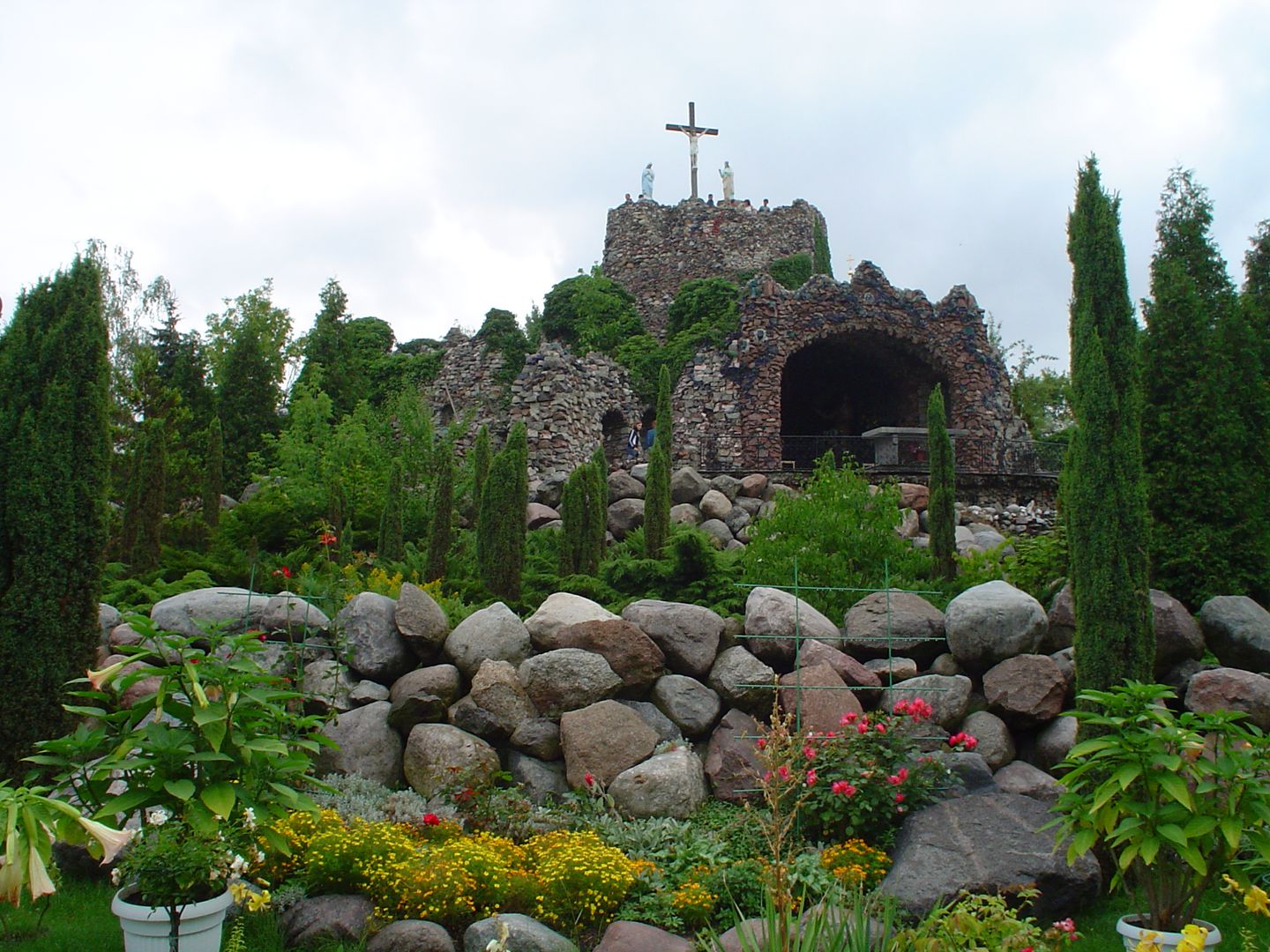Licheń Stary
6.67

Overview
Licheń Stary, a village in the Greater Poland Voivodeship, is primarily known for the monumental Sanctuary of Our Lady of Licheń, an important pilgrimage center. The history of settlement in this region dates back to the Stone Age; the first mentions of Licheń are from 1232. The town received its city rights in 1458 but lost them due to destruction during the Swedish Deluge. Licheń was the site of significant events, such as the defense by scythe-bearers in 1863 and the murder of a resident, Szczepan Jankowiak, by the Germans in 1940. In 2012, the village's name was changed from Stary Licheń to Licheń Stary. The sanctuary, run by the Marian Fathers since 1949, attracts approximately 1.5 million pilgrims annually. The centerpiece is the Basilica of Our Lady of Licheń, consecrated in 2004, whose size makes it the largest church in Poland and one of the largest in the world. The architecture of the basilica is inspired by the shape of a waving golden field of grain, and its interior is adorned with numerous works of art. At the top of the 141-meter tower, there are observation terraces offering views of the surrounding area. The basilica also houses the largest organ in Poland, as well as the massive bell "Maryja Bogurodzica," weighing nearly 15 tons. Other interesting attractions for pilgrims include the Stations of the Cross and Golgotha, featuring statues of the Blessed Virgin Mary and St. John. It is worth emphasizing that Licheń Stary is also a place of important cultural and religious traditions, with many events attracting both the faithful and tourists. Local sports clubs, such as MLUKS Strażak Licheń Stary, operate here, highlighting the community aspect of the locality.
Location
2025 Wizytor | All Rights Reserved